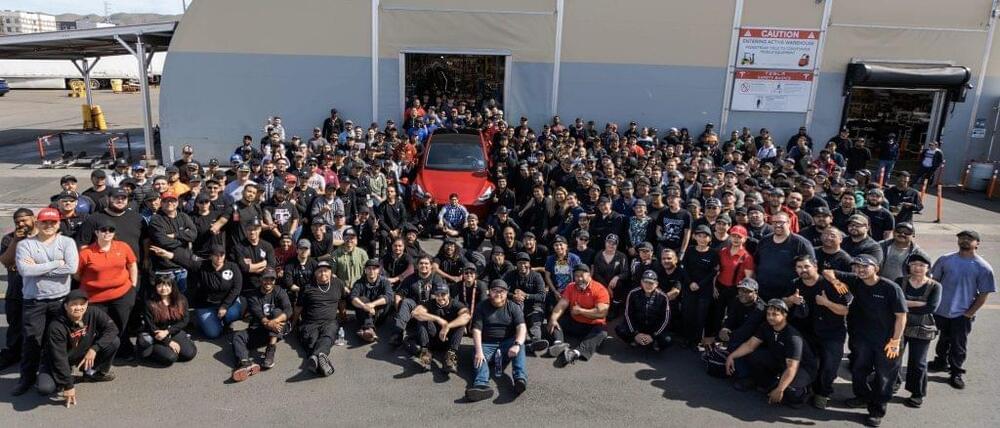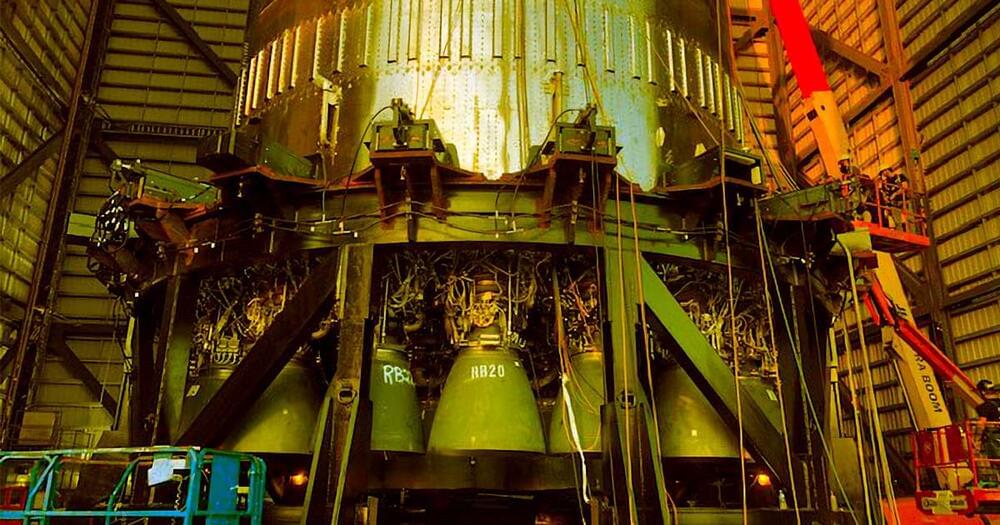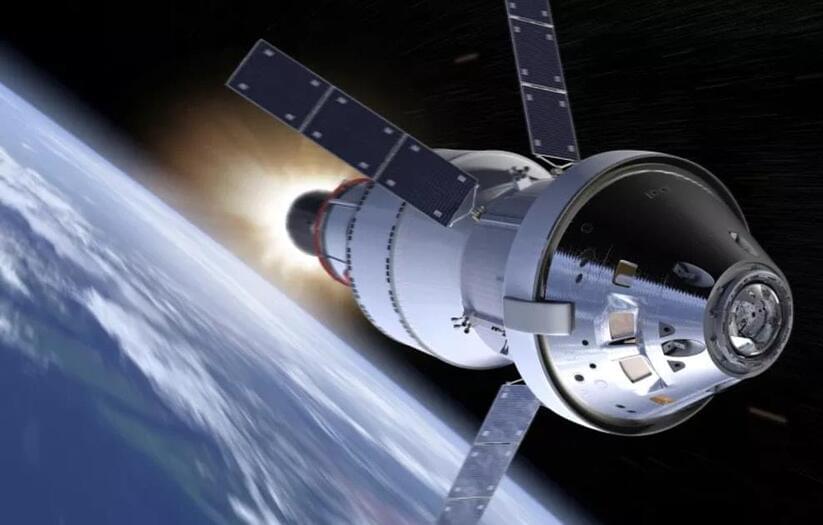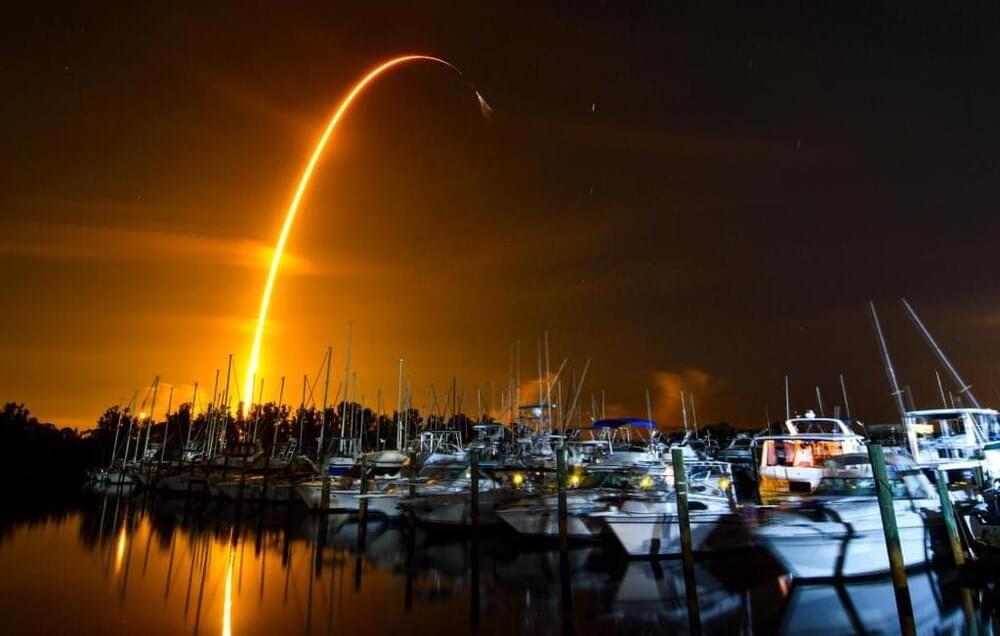After all, Jupiter doesn’t have a solid core.
These planets are mostly made of gas, but a spaceship would have a rough time trying to get through a giant planet like Jupiter or Saturn.


The launch next month of the first all-civilian mission to orbit is an ambitious test for a burgeoning space industry’s futuristic dream of sending many more ordinary people to space in the next few years.
Why it matters: Companies and nations envision millions of people living and working in space without having to become professional, government-backed astronauts. Those hopes are riding on SpaceX’s next crewed mission, called Inspiration4.
SpaceX CEO Elon Musk has plans for a giant orbital arm that he claimed resembles a character from Godzilla.

Elon Musk recently shared a rather interesting update on Twitter — his companies now employ about 110,000 people worldwide. This is quite impressive considering that in the grand scheme of things, Tesla, SpaceX, and Musk’s other ventures are still just getting started.
Musk’s update came as a response to a TSLA bull on Twitter who inquired if his companies had already reached the 100,000-employee milestone. Musk’s response revealed that his companies had not only met their 100,000 employee mark — they had already passed it.
Elon Musk did not share further details about his companies’ worldwide employee headcount, though there is a good chance that the lion’s share of his workers today are in the United States and China. These are the two countries where Tesla, one of Musk’s largest companies, has operational vehicle production plants, after all.

According to SpaceX CEO Elon Musk, the space company will attempt something very different to recover its massive Super Heavy booster after it launches.
“SpaceX will try to catch largest ever flying object with robot chopsticks,” Musk tweeted early Monday morning.
He was referring, of course, to the giant robotic tower SpaceX is building to catch the primary rocket stage after it gives the company’s Starship spacecraft a boost into orbit.
SpaceX has come a long way in the three years since Starhopper’s debut. Here’s the progress being made on the Starship and Dragon spacecraft today.
At ~5:02 pm CDT on August 27 2019, SpaceX successfully launched its Starhopper test vehicle on a 150-meter flight test. After ascending to 150-meters, Starhopper successfully landed at a landing pad ~160-meters away.
The 150-meter flight was the last of a long line of tests that Starhopper, the first vehicle in the Starship program, conducted. It was based on the Big Falcon Rocket (BFR, a previous name for Starship)2018design. Starhopper used a single Raptor engine and three non-retractable legs.
After several static fires, a one-meter tethered hop, and several scrubs, Starhopper conducted a 20-meter hop on July 25 2019. This was Starhopper’s first major flight and the first time a Raptor was used in flight.

November2021will be a big month for NASA.
The Artemis I team is gearing up to launch the spacecraft Orion to the Moon and back for an uncrewed test flight.
At the heart of NASA’s Artemis mission, which aims to land humans on the lunar surface by 2,024 is the spacecraft Orion. Here’s how engineers are preparing for its maiden voyage.

CAPE CANAVERAL, Fla. — A SpaceX shipment of ants, avocados, and a human-sized robotic arm rocketed toward the International Space Station on Sunday.
The delivery — due to arrive Monday — is the company’s 23rd for NASA in just under a decade.
A recycled Falcon rocket blasted into the predawn sky from NASA’s Kennedy Space Center. After hoisting the Dragon capsule, the first-stage booster landed upright on SpaceX’s newest ocean platform, named “A Shortfall of Gravitas.” SpaceX founder Elon Musk continued his tradition of naming the booster-recovery vessels in tribute to the late science fiction writer Iain Banks and his Culture series.
A month after New Shepard’s first flight carrying people into space, a science flight without crew onboard has launched from Blue Origin’s facility near Van Horn, Texas. The flight, the fourth of the year for the New Shepard program, was originally scheduled for August 25 2021, but was delayed due to a payload integration issue.
New Shepard flight NS-17 lifted off on Thursday, August 26 at 09:31 CDT local time (14:31 UTC) — after two unplanned holds — on a suborbital trajectory with an apogee over 100 kilometers, the boundary to space as recognized by the Federation Aeronautique Internationale.
The launch trajectory, therefore, also passed the 80-kilometer mark, which is the altitude recognized by the FAA (Federal Aviation Administration), NASA, and the United States Air Force as a boundary beyond which astronaut wings are granted and space begins.